Minute Man Fossils
Ankylosaurus magniventris Tooth-Montana 02
Ankylosaurus magniventris Tooth-Montana 02
Couldn't load pickup availability
Taxa: Ankylosaurus magniventris
Geology: Hell Creek formation
Age: Cretaceous-Maastrichtian
Locality: Garfield County, Montana
No repairs or restorations.
Ankylosaurus magniventris
Ankylosaurus magniventris was a large, armored herbivorous dinosaur from the Late Cretaceous period, known for its heavily armored body and distinctive club-like tail. It measured up to 8 meters (26 feet) in length and weighed around 4-8 tons. Its body was covered in bony plates (osteoderms) for protection, and its powerful tail club was likely used for defense against predators. Ankylosaurus had a low, wide skull with small, leaf-shaped teeth suited for chewing tough vegetation. It was one of the last and largest ankylosaurs before the mass extinction event.
An Ankylosaurus magniventris tooth is a small, leaf-shaped, and serrated dental structure adapted for herbivory. These teeth are relatively simple, with a slightly convex outer surface and a concave inner surface, allowing for efficient cropping of vegetation. Their design suggests a shearing function, aiding in the consumption of tough, fibrous plant material. As a member of the Ankylosauridae, Ankylosaurus likely used its teeth in conjunction with a strong jaw and possibly gastroliths to process food.
Hell Creek formation
The Hell Creek Formation is a geologic formation in North America, primarily spanning Montana, North Dakota, South Dakota, and Wyoming. It dates to the Late Cretaceous period, around 66 million years ago, and is famous for its rich fossil record, including dinosaurs like Tyrannosaurus rex, Triceratops, and Edmontosaurus. It also contains evidence of the Cretaceous-Paleogene (K-Pg) extinction event, including an iridium layer associated with the asteroid impact that contributed to the mass extinction of non-avian dinosaurs. The formation also preserves fossils of plants, mammals, fish, and reptiles, providing valuable insights into prehistoric ecosystems.
Share
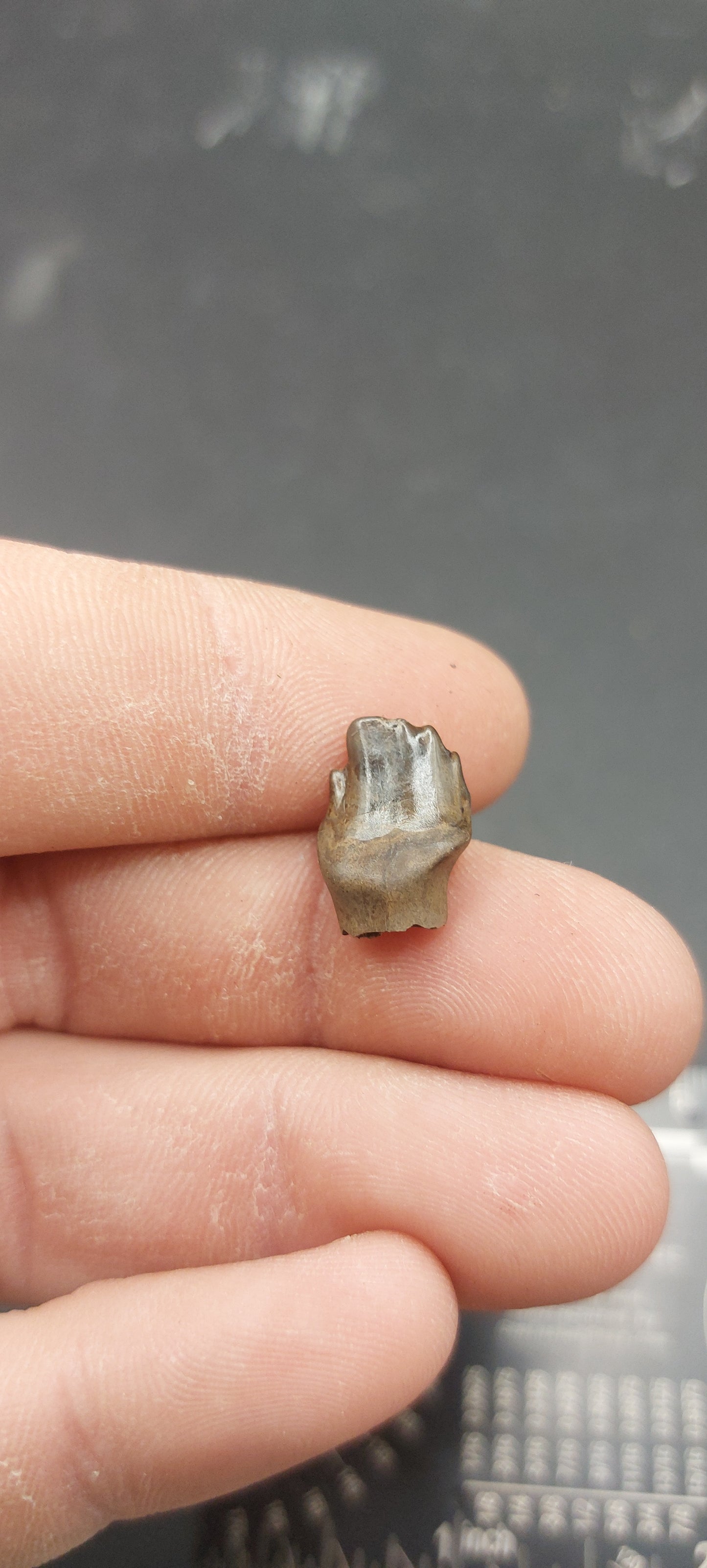
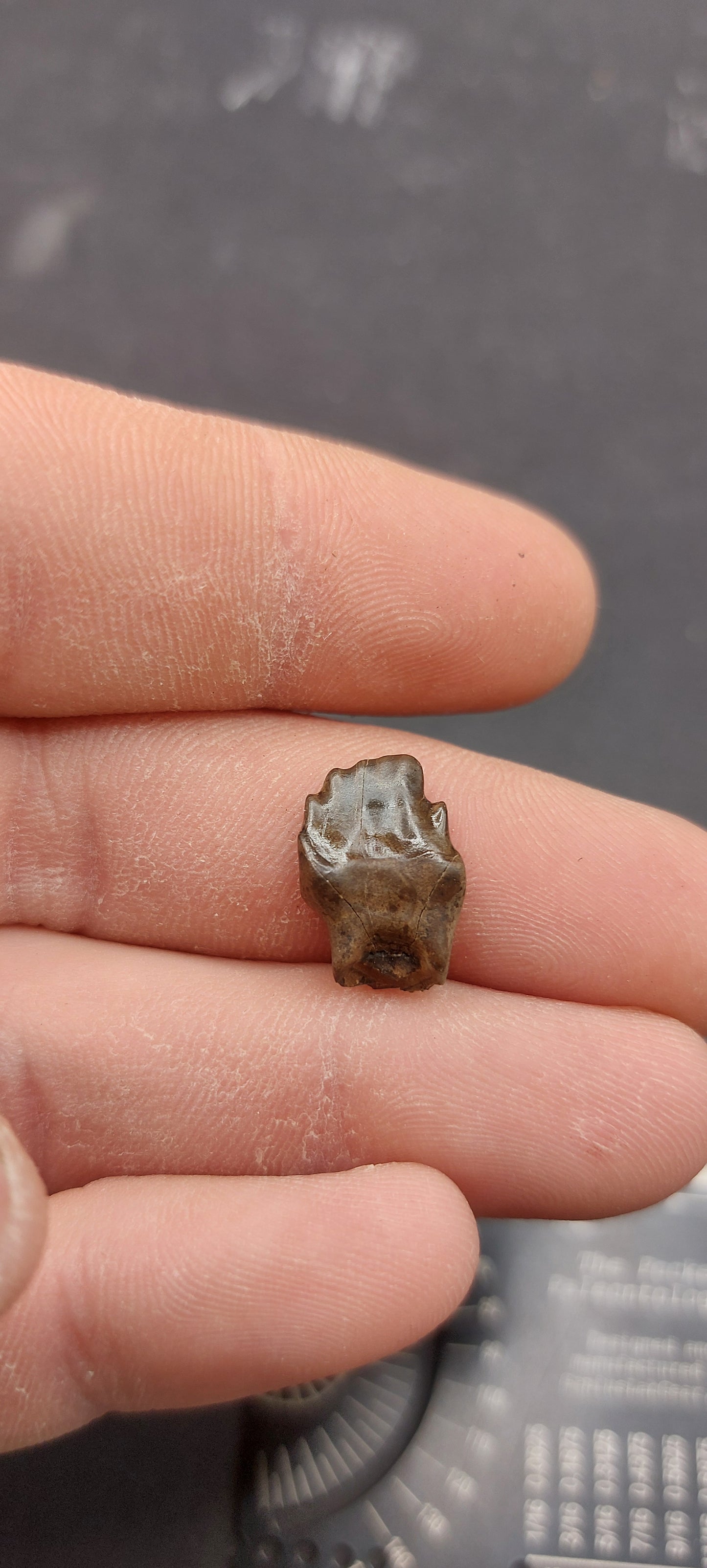
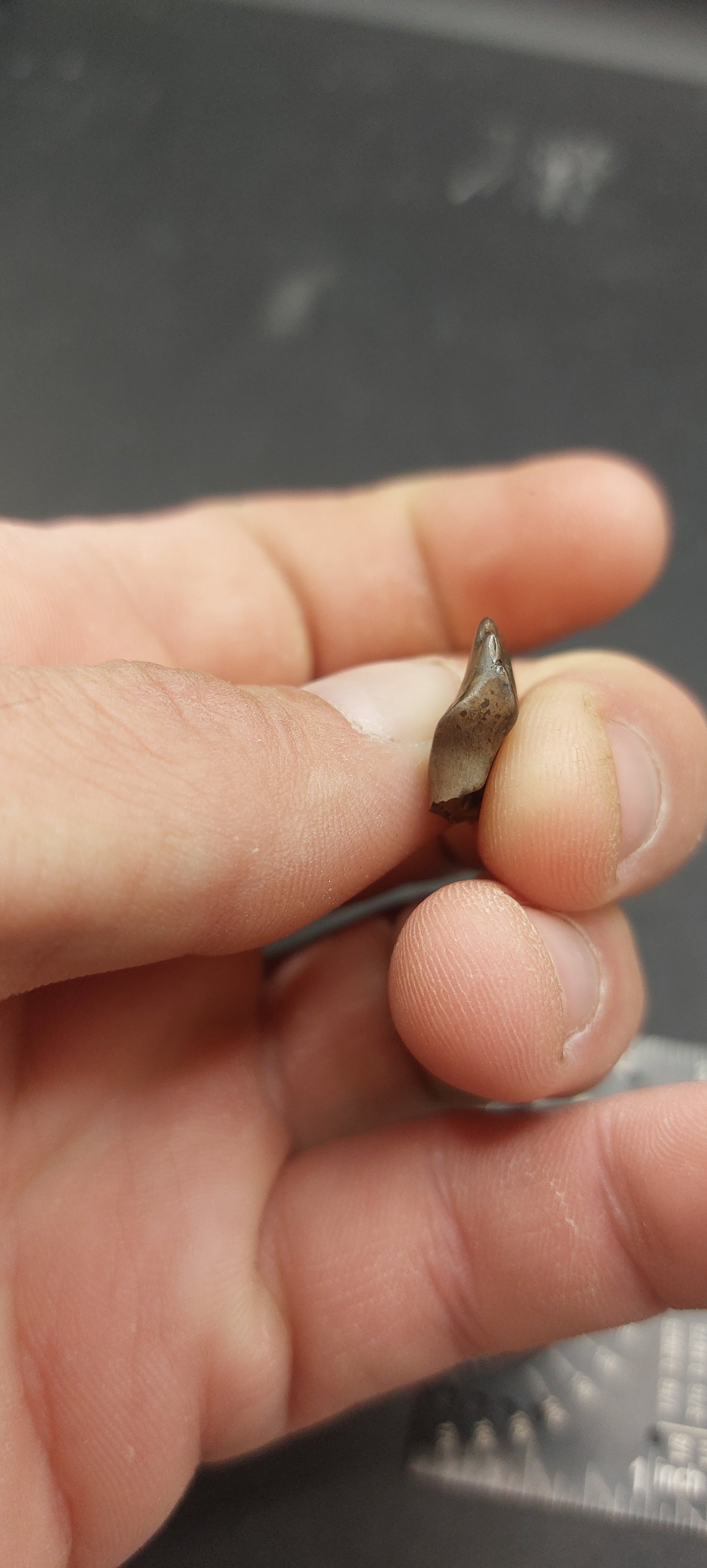
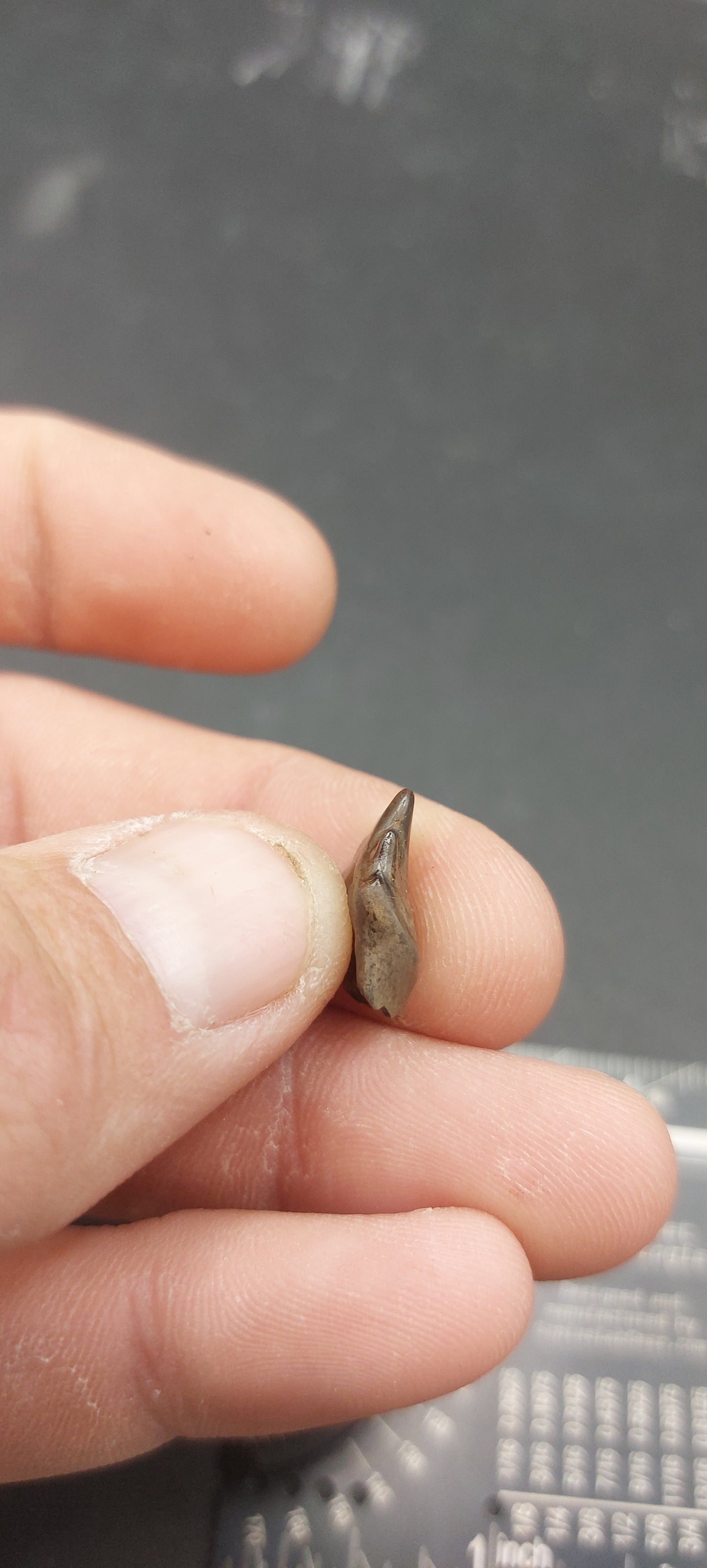
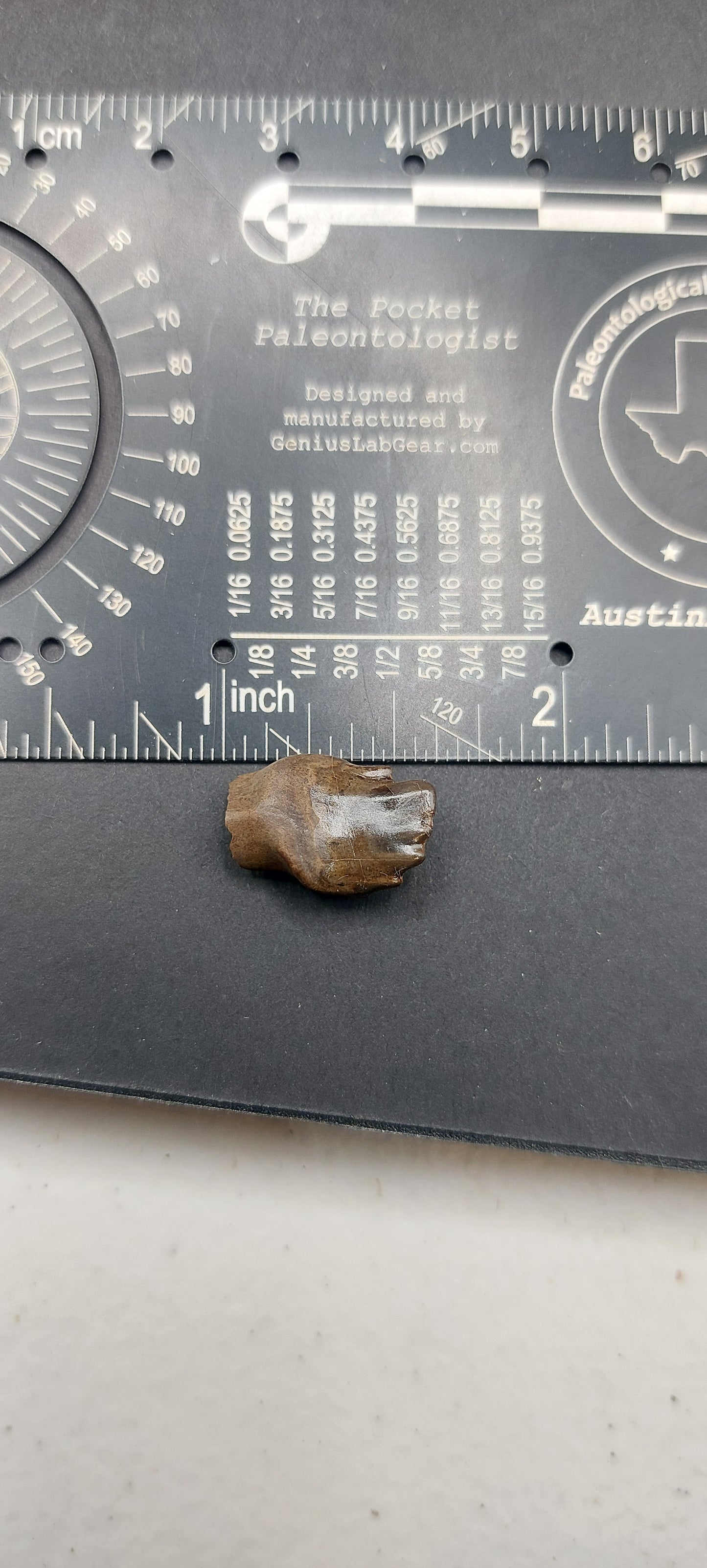
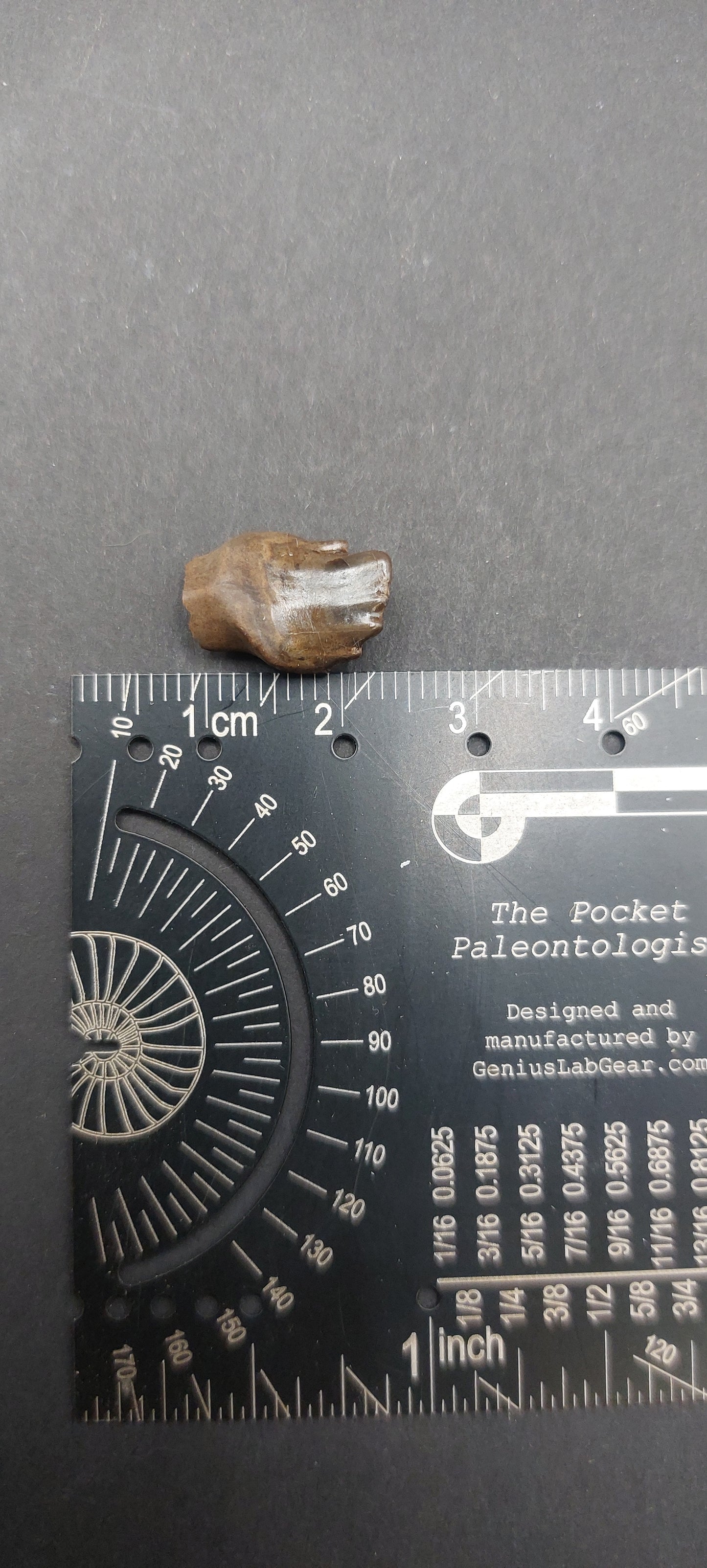
Subscribe to our emails
Be the first to know about new collections and exclusive offers.






